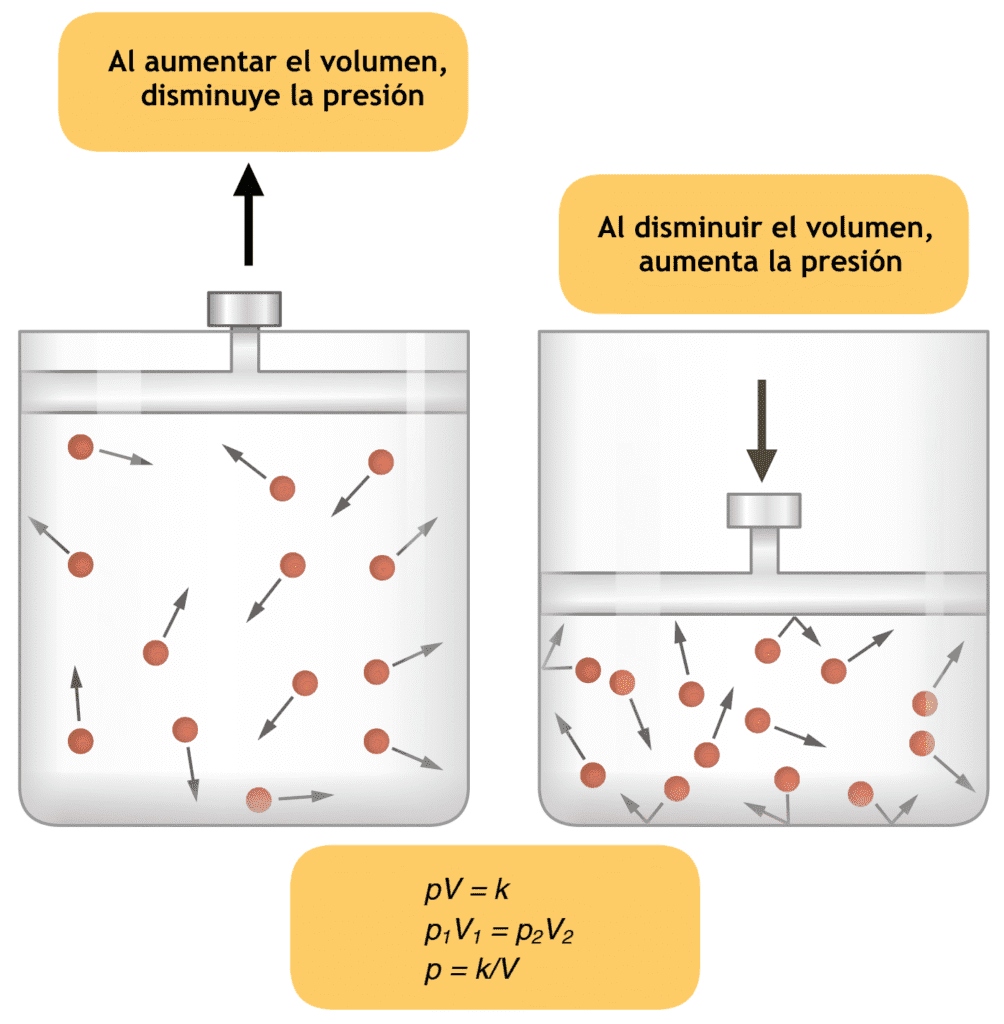An important part of rapid sequence induction is Cricoid pressure was first described by Sellick in 1961, hence it is called as sellicks manoeuvre. The Cricoid pressure is used for the compession of the upper esophagus to close the aspiration of gastric contents during rapid sequence intubation.
Pulmonary aspiration of gastric contents occurs usually in three phases. First, the gastro-esophageal reflux when the lower esophageal sphincter relaxes. Esophageal reflux of the contents of the pharynx and upper esophageal sphincter relaxes.
Finally, pulmonary aspiration of pharyngeal contents occurs after the loss of laryngeal reflexes. Succinylcholine still the most commonly used drug in rapid sequence intubation.
Rapid sequence intubation is done in cases of emergency when the stomach of the patient is not empty i.e he is not fasting. The main goal of rapid sequence intubation is to prevent aspiration of the stomach contents.
The cricoid cartilage is the only upper airway cartilaginous which is a complete structure. The esophagus begins at the lower edge of the cricoid cartilage.
In rapid sequence intubation, the cricoid pressure replaces the operation of upper esophageal sphincter to compress the lumen of the upper esophagus between the cricoid cartilage lamina and the body of the sixth cervical vertebrae, preventing regurgitation of esophageal contents in the pharynx (the second stage suction).
The upper esophageal sphincter formed by the anterior lamina of the cricoid cartilage and behind the cricopharyngeus muscle, attached to the lateral aspect of the cricoid cartilage.
Upper esophageal sphincter tone is 40 mm Hg in awake patients and reduced to less than 10 mm Hg during induction of anesthesia. Impairment of esophageal contents to the pharynx occurs when the upper esophageal sphincter pressure is less than 25 mm Hg.
Therefore, the induction of anesthesia reduced upper esophageal sphincter pressure sufficient to esophageal reflux contents in the pharynx. It is important to note that other cartilages of the upper airway structures are in the shape of U, wrongly put pressure on these structures are ineffective and may cause damage or deformation during airway intubation.
In rapid sequence intubation to avoid this, the cricoid cartilage can be identified and palpated for the induction of anesthesia. On the one hand cricoid pressure or the sellicks manoeuvre, the thumb and middle finger are placed on each side of the cricoid cartilage with tail index.
The thumb and middle finger to prevent lateral movement of the cricoid cartilage and index determines anterior-posterior pressure. The disadvantage of this technique is that the extended neck will tend to succumb to the arc and reducing the glottis view.
Another one-handed technique is to keep the palm of the hand on the breastbone and press the cricoid cartilage with only the index and middle finger. In two hands or two hands technique, cricoid pressure was on the one hand technique, except that the other side assistant provides pressure below the vertebrae of the neck for neck support.
Cricoid pressure or the sellicks manoeuvre can tolerate esophageal pressure 50 cm H2O, (1 cm H2O = 0.73 mm Hg). Cricoid pressure can overcome gastric pressures associated with rapid (<18 cm H2O), delayed gastric emptying (<50 cm H2O), eructation (<20 cm H2O), patients who are pregnant (<35 cm H2O,) or fasiculations associated with succinylcholine administration (<40 cm H2O,) of rapid sequence intubation.
However, vomiting that esophageal pressure is> 60 cm H2O,, cricoid pressure can be overcome, leading to failure and pulmonary aspiration. Rapid sequence intubation and Cricoid pressure should begin before the patient is completely asleep, with 10 N of pressure, increasing to 30 N when the pressure loss of consciousness is established.
Recommended cricoid pressure to prevent pulmonary aspiration, between 30 and 40 N (10 N ~ 1 kg), but pressure> 20 N can cause pain and retching in awake patients, and pressures> 40 N allows the trachea to distort, making it difficult intubation.
It causes a reflex relaxation of lower esophageal sphincter and the rapid expansion of the esophagus, to relax the upper esophageal sphincter and allow the expulsion of vomit.
Cricoid pressure is maintained during retching late esophageal pressure to rise, increasing the risk of esophageal rupture. Cricoid pressure is also contraindicated in patients with cricotracheal injury, active vomiting, or unstable cervical spine injuries.
Finally, bag-mask creates a positive pressure ventilation to provide high fraction of inspired oxygen, opening electatic cells and improving ventilation-perfusion mismatch. Hence, bag and mask is avoided in rapid sequence intubation.
However, ventilation mask with the rapid expansion of the stomach, increasing pressure on the stomach up to 30 cm H2O. Cricoid pressure can increase gastric pressure to overcome, as mentioned above, but may be uncomfortable to the patient awake.

